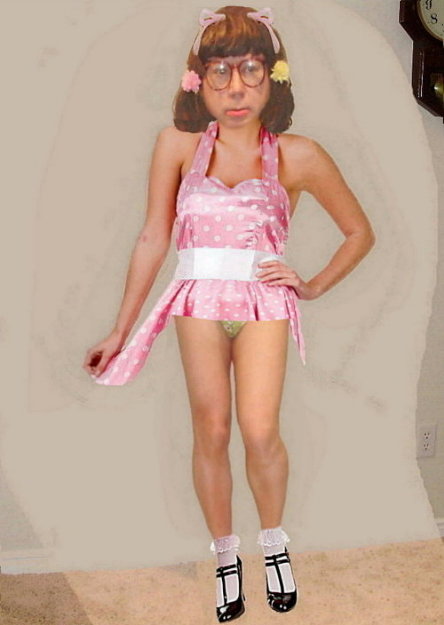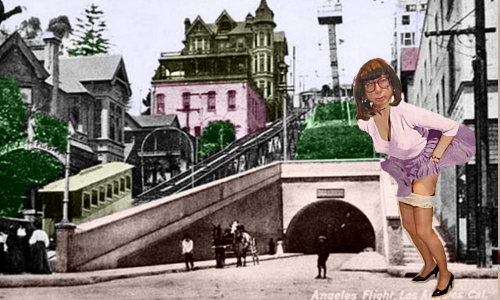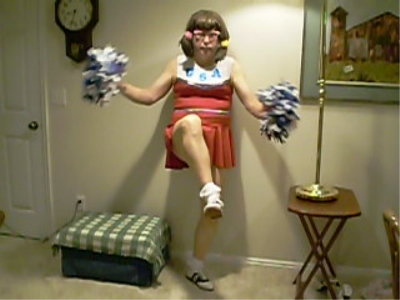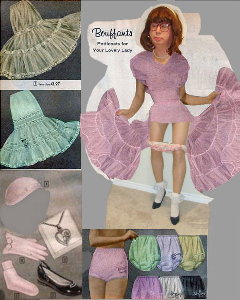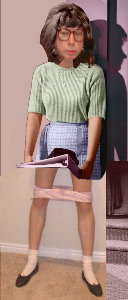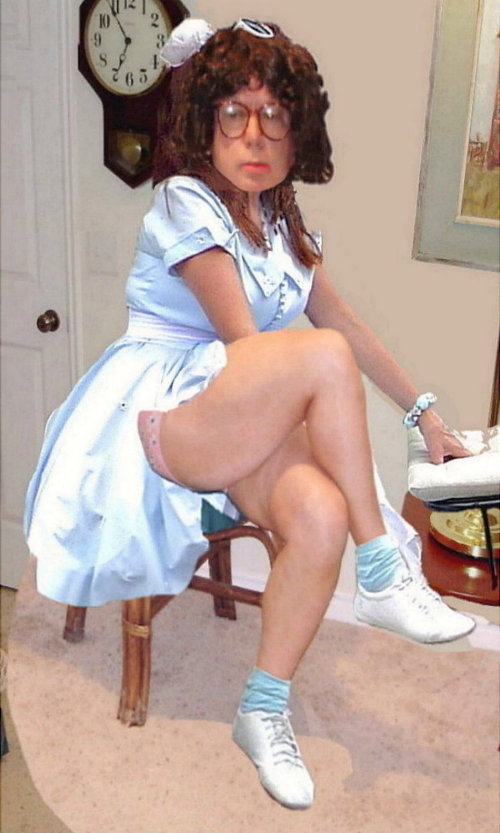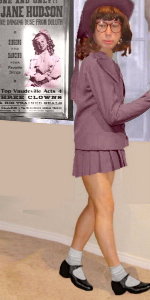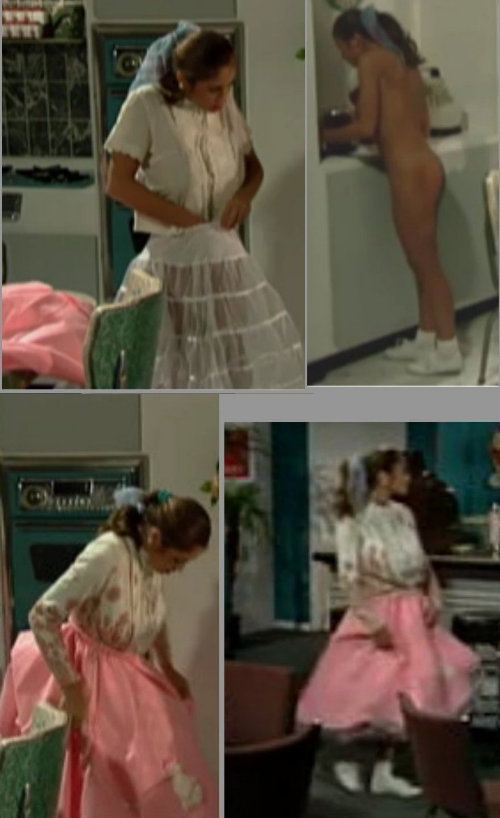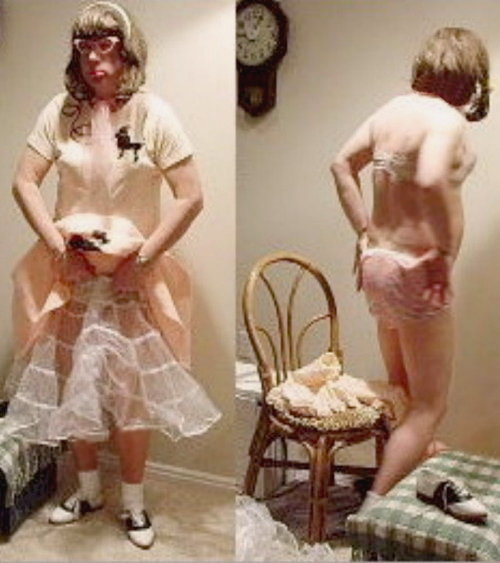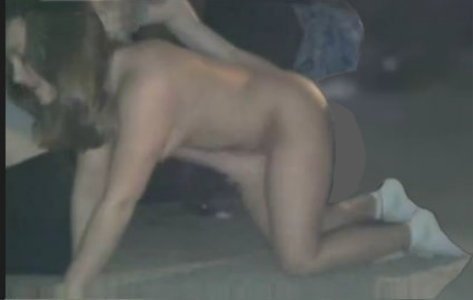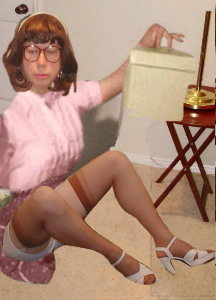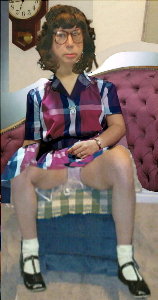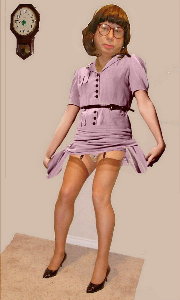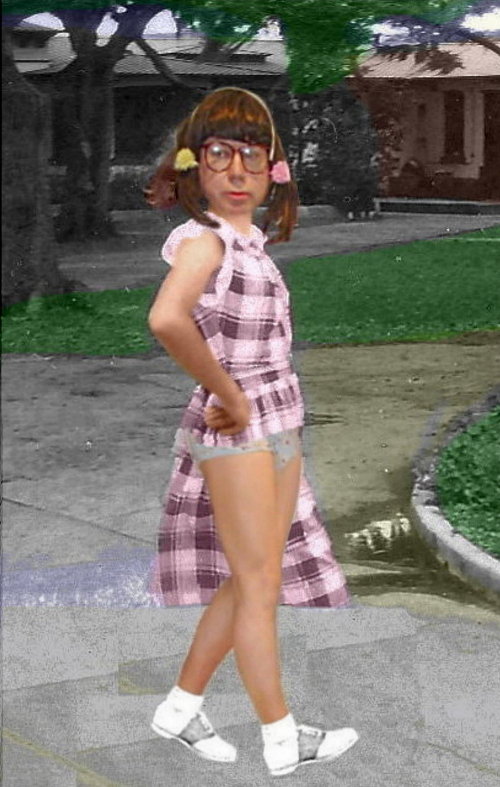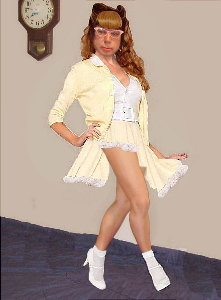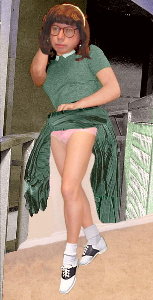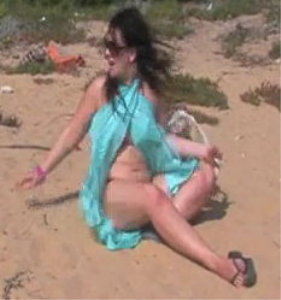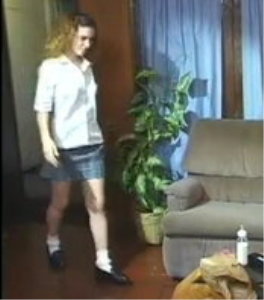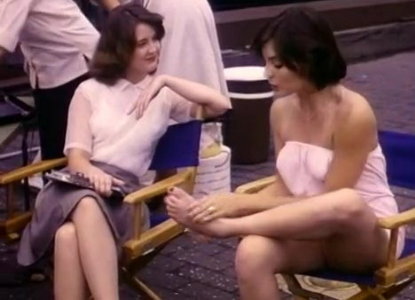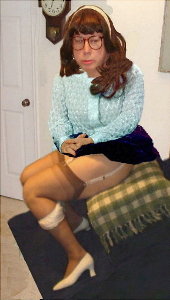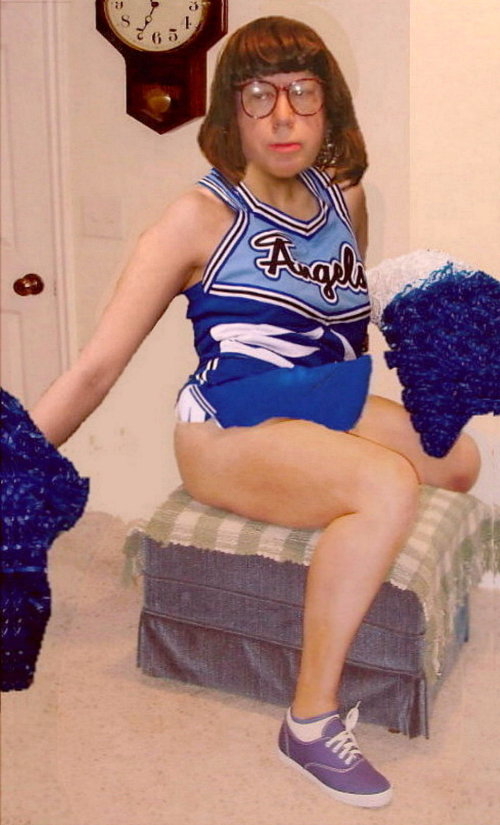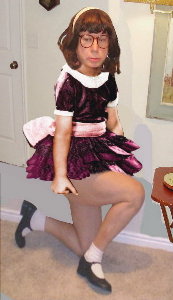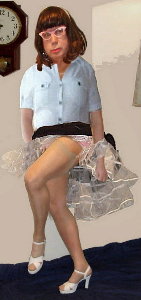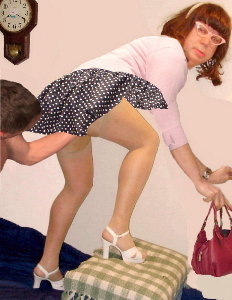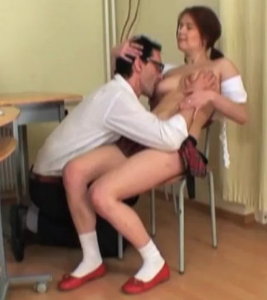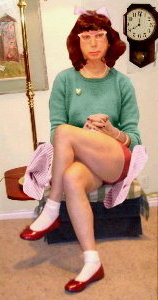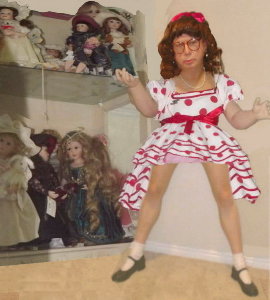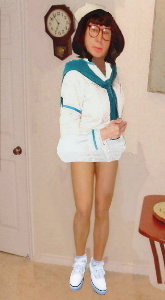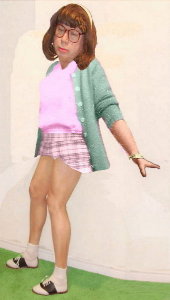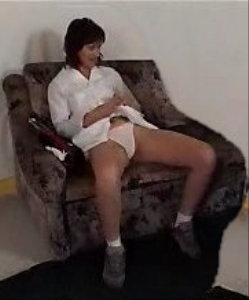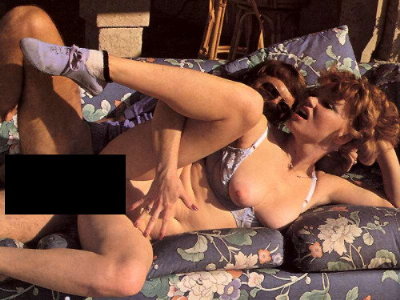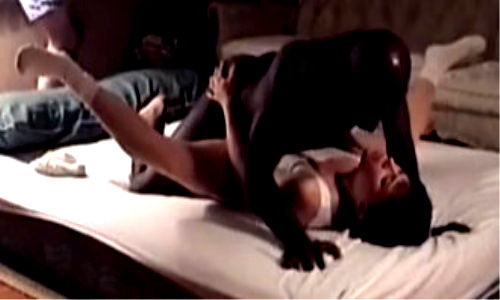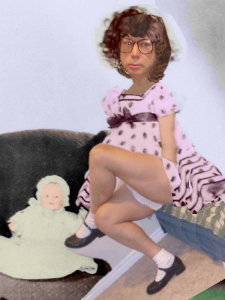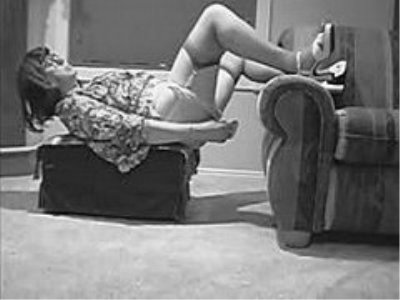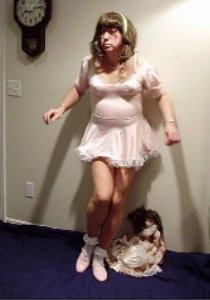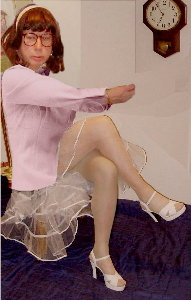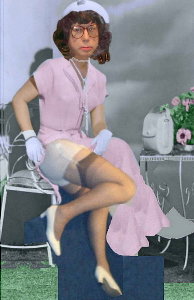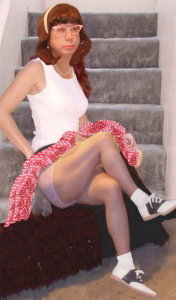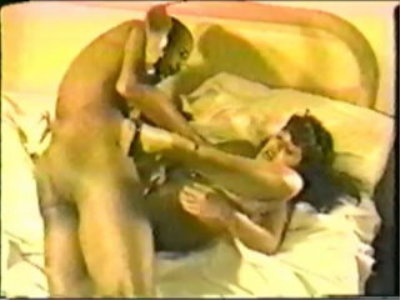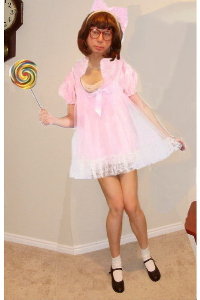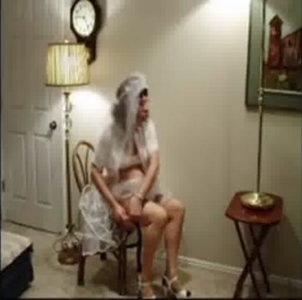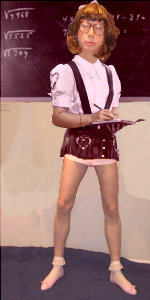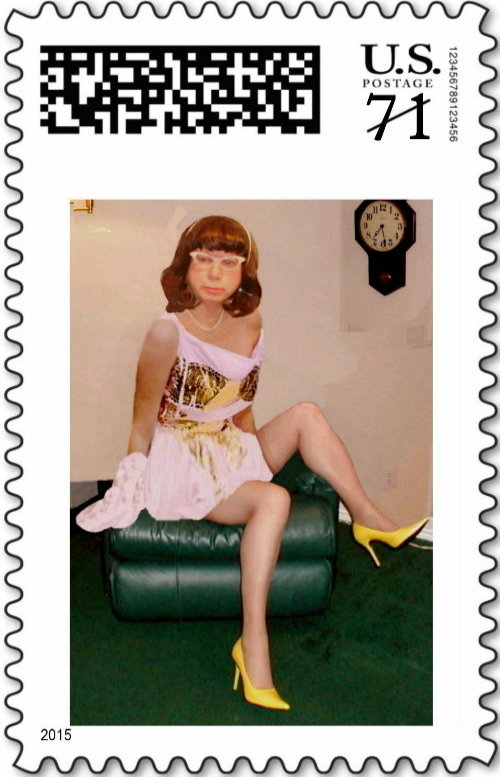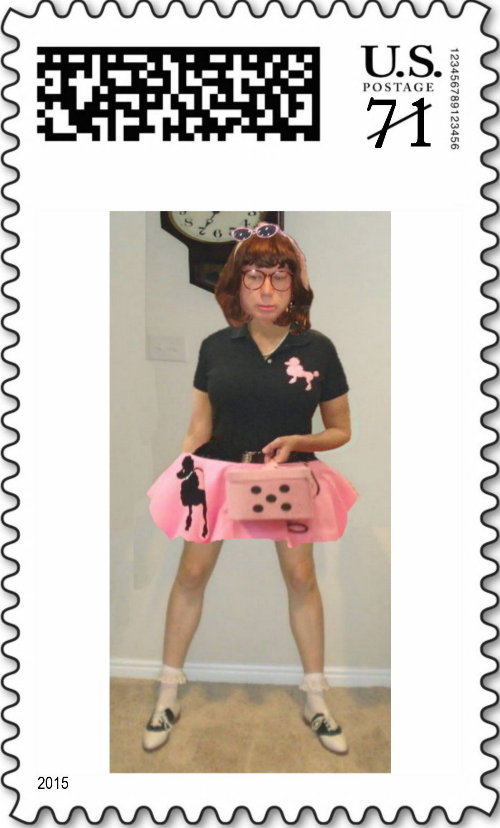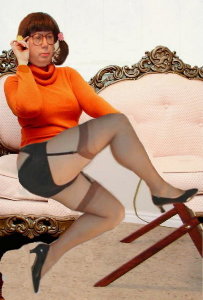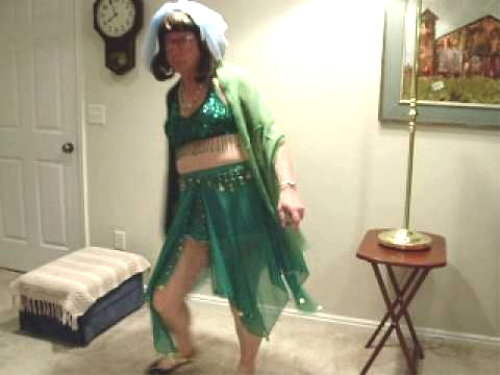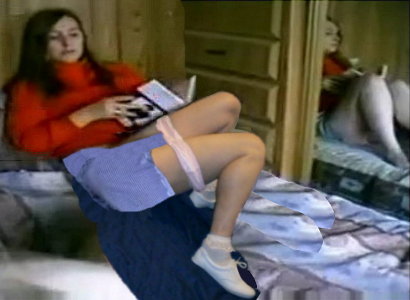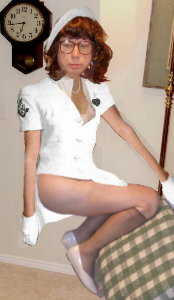um hi
“Earl Stanley Gardner’s Perry Mason, starring film noir veteran Raymond Burr as the titular trial lawyer, had been airing in black and white since its inception 1957, but CBS decided to take a chance by opening its September 1966 season with a color episode called “The Case of the Twice-Told Twist.” The scene: Burr and his secretary (Barbara Hale)
park on the northwest corner of Third and Olive (formerly the Angels Flight Cafe) and take the funicular down to see a client. By the time they return fifteen minutes later, juvenile delinquents have stripped their car.”
“The Outsider [I loved that show!] ran for only a season, in 1968-1969, on NBC, but in many ways, Darren McGavin’s down-on-his-luck loner detective, David Ross, served as pulp novelist and screenwriter Roy Huggins’s prototype for James Garner’s more successful Jim Rockford a couple of years later. One early episode called “Through a Stained Glass Window” took advantage of the last two vestiges of old Bunker Hill: Angels Flight and the Castle, which by then had been sawed into three pieces and moved to Highland Park.”
“The next time we see Bunker Hill, it’s playing itself: a post-apocalyptic wasteland in The Omega Man (1971), a Charlton Heston movie about earth’s last living human fighting an army of vampires. A hundred years of Los Angeles history — of beautiful old homes, tourist hotels and working-class apartments, each an integral part of the growth and survival of the city as a great urban center –has been trampled in the dust.”
Also
“INCREDIBLY STRANGE PEOPLE WHO STOPPED LIVING AND BECAME MIXED-UP ZOMBIES!!?(1964)
Ray Debbis Steckler directed and starred in (under the name Cash Flagg) this nutty movie about a Long Beach carnival [The Long Beach Pike or Nu-Pike?] where a fortune-telling Gypsy hypnotizes a guy (Flagg) and makes him murder strippers.”
(“Los Angeles’s Bunker Hill” by Jim Dawson)
*****************************************************
Bobby socks with glasses:
& Brie from the video:
**************************************************
“took his eyes away from Miss Hattie, turning the pages of the catalogue.He stared down at the model figures in brassieres,corsets and undergarments.”
(“Dunbar’s Cove” by Borden Deal)
*********************************************************
Janet Mason PTA soccer mom sex bomb:
Sarah Young:
& Shawn:
*********************************************
dandy133: “Nice stockings – I’m a real stocking lover and you have nice legs”
********************************************************
Brie as Patty:
